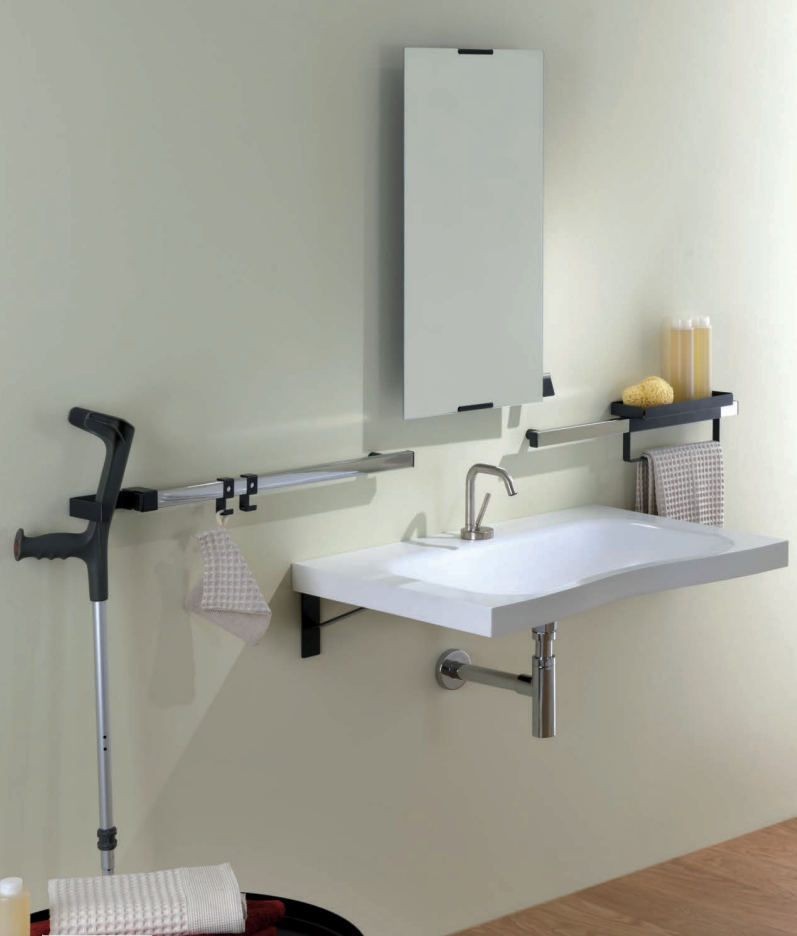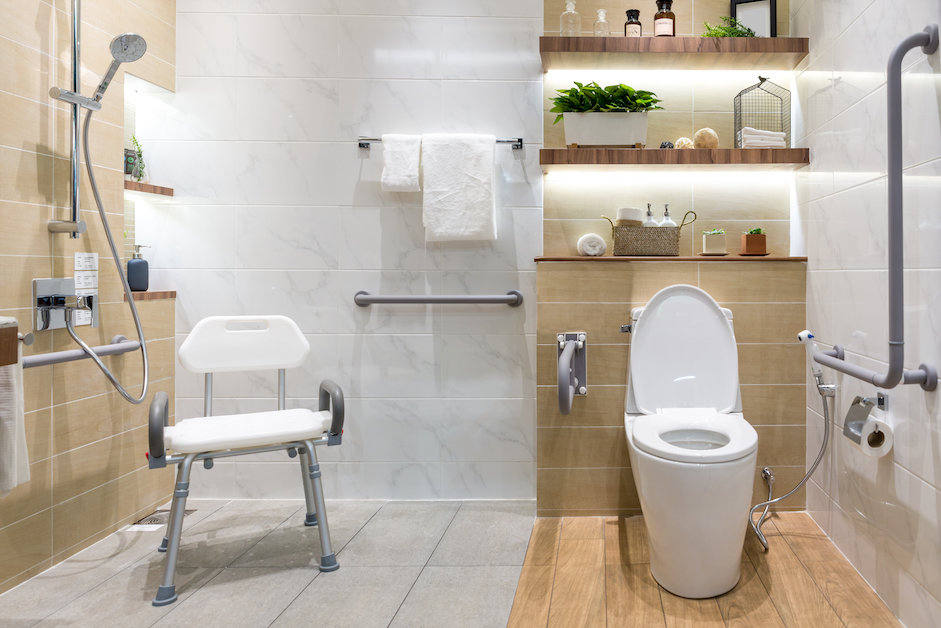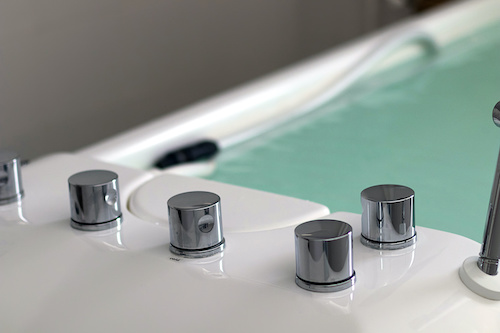Have you reached the point in life where it is time to take care of the parents or grandparents that once took care of you? As your loved ones grow older, they often need help with small tasks like picking up groceries, making health-related decisions, or bathing. Whatever their needs may be, it is essential to be supportive and not overbearing. Here are a few steps to help guide you as you navigate supporting an aging loved one.
Step 1: Assess Their Needs
Assessing your loved one’s needs is most important when learning to be supportive rather than making them feel like they have not lost their independence. Experts recommend considering the following issues seniors often face to help you better assess their needs:
- Family support
- Home safety
- Medical needs
- Cognitive health
- Mobility
- Personal hygiene
- Meal preparation
- Social interaction
How well do they handle each area listed above? Try to monitor their ability to address each of these areas on their own. Regarding family support, is there another family that can help? If so, it is an innovative idea for you to keep a family notebook. In this notebook, you can share with family when you notice they might lack the ability to care for themselves or are unsafe. You can work together to make the necessary changes.
Step 2: Be Financially Prepared
As parents or loved ones grow older, they may need help managing finances. While having conversations about money can be awkward, and some may want to avoid it, discussing it now can help prepare for the future. You can start the conversation by asking about essential documents, gathering information about accounts and key contacts, and helping with deciding long-term plans. If you talk to your loved ones now, it will give them more control over financial decisions, so you aren’t overwhelmed with what they would want in an emergency.
Step 3: Install Home Modifications
To avoid your loved one from sustaining an injury in their home, having accessibility experts evaluate their home for any safety concerns is essential. Older adults fall easier, and a fall can cause injuries or even death. With home modifications, such as grab bars or stairlifts, your loved one can live comfortably and safely at home.
It is a noble endeavor to take on someone else’s needs. It can sometimes feel daunting, yet if you have a plan, you will be more capable of meeting your loved one’s needs. Next Day Access is here to help. Next Day Access can assist you with determining the home modifications you will need to ensure your loved one stays as safe as possible. Contact us for a free in-home consultation.









